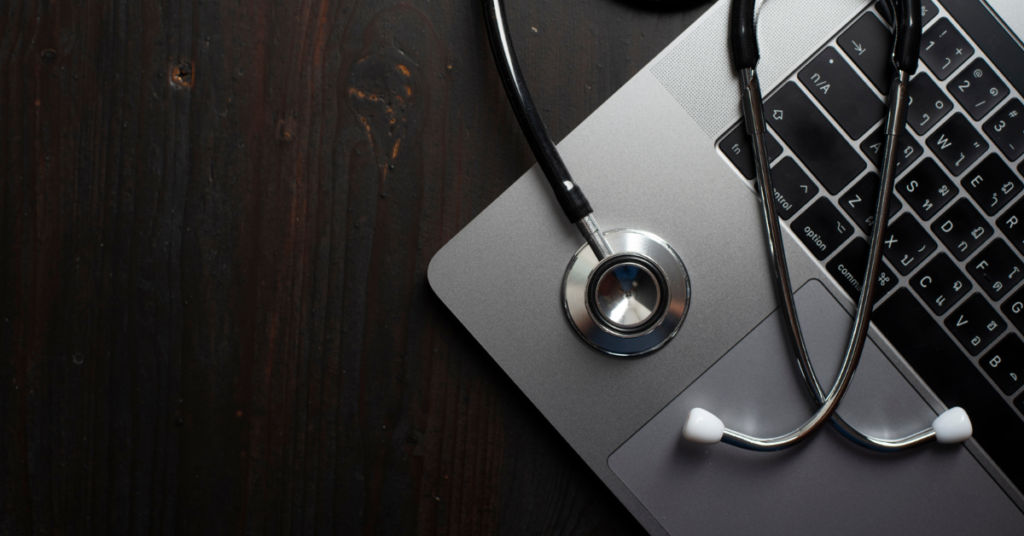Are you tired of shuffling through piles of paper patient records and struggling with appointment scheduling? If so, you’re not alone. Many Filipino healthcare providers, from private clinics to telemedicine services, are seeking ways to streamline their operations. One highly effective solution is adopting an electronic medical records (EMR) system. But what are the real benefits? Can an EMR system really improve the efficiency and quality of care in your practice?
The short answer is: Absolutely! Let’s dive into the many electronic medical records benefits that can transform the way you manage your clinic or medical center.
1. Improved Efficiency in Patient Care
The most immediate and impactful benefit of implementing an EMR system is the ability to access patient information quickly and easily. Gone are the days of rifling through paper files or trying to decipher handwritten notes. With electronic medical records, you can instantly pull up a patient’s history, diagnoses, lab results, and treatment plans in just a few clicks.
Having a centralized, digital repository for all patient information reduces the time spent searching through files and minimizes the chances of overlooking critical data. For instance, if a patient comes in with an urgent issue, you can immediately access their medical history and previous treatments, helping you make more informed decisions.
Studies have shown that EMRs significantly reduce the time doctors spend searching for information, making it easier to focus on what truly matters—providing quality care. According to a report by the National Institutes of Health (NIH), EMRs improve patient outcomes by facilitating better communication and data-sharing among healthcare providers.
By enabling quick access to all patient records, EMRs create a smoother workflow for healthcare providers, leading to faster diagnosis, better patient outcomes, and a more efficient practice overall.
2. Streamlined Appointment Scheduling and Coordination
Managing appointments is another area where EMRs shine. Traditional paper-based systems are often prone to errors—double bookings, missed appointments, and miscommunications can all lead to chaos. With an EMR system, scheduling is automated, reducing human errors and improving clinic operations.
Most EMR systems come with integrated scheduling tools that allow healthcare providers to view and manage appointments in real-time. Patients can even receive automated reminders via email or SMS, ensuring they don’t forget their appointments. Additionally, scheduling software can enable patients to book, reschedule, or cancel appointments online, reducing the need for manual phone calls.
This leads to fewer missed appointments, better time management, and a more organized workflow. When schedules are coordinated smoothly, clinics can see more patients without sacrificing quality care. Furthermore, the seamless integration of patient data with the scheduling system allows you to personalize each visit, ensuring that the healthcare team is prepared for the patient’s specific needs.
3. Enhanced Patient Safety and Reduced Medical Errors
One of the most compelling electronic medical records benefits is improved patient safety. Paper-based records are often incomplete, hard to read, and prone to loss or damage. This can lead to medical errors, such as incorrect prescriptions or misdiagnoses. The risk of human error increases as staff members must rely on their memory or decipher unclear handwriting.
By switching to an EMR system, healthcare professionals can ensure that all patient data is legible, complete, and accessible. For example, an EMR system can automatically flag potential drug interactions, allergies, or contraindications, helping to prevent adverse reactions. The system can also track patient progress over time, ensuring that no critical information is missed.
In emergency situations, having a patient’s complete medical history at your fingertips can be a lifesaver. Immediate access to a patient’s records means better-informed decisions, leading to faster treatment and better outcomes.
4. Better Collaboration Among Healthcare Providers
In today’s healthcare landscape, collaboration is essential. Whether you’re part of a larger hospital network or working in a small clinic, being able to share patient records securely is vital for effective treatment. With electronic medical records, doctors, specialists, and other medical professionals can access the same updated patient data, allowing for coordinated care across different departments.
For instance, a patient visiting multiple specialists can ensure that each doctor has the most recent and relevant information, reducing redundant tests and unnecessary treatments. This coordinated approach is particularly beneficial when patients require treatment from several healthcare providers simultaneously. With shared access to medical records, it’s easier to provide comprehensive care, avoiding confusion and improving patient satisfaction.
As a result, patients benefit from a more comprehensive approach to their treatment, while you, as the healthcare provider, reduce the chances of redundancy or conflicting treatments. According to the World Health Organization (WHO), improved communication and data sharing among healthcare providers is a cornerstone of quality patient care.
5. Cost Savings and Improved Financial Efficiency
Many clinics and healthcare providers initially hesitate to invest in an EMR system due to upfront costs. However, over time, the cost-saving potential of EMRs becomes evident. By reducing the need for physical storage space, paper supplies, and administrative labor, you can achieve significant financial savings. EMRs can also help you avoid costs associated with medical errors, miscommunications, or lost records.
Additionally, EMRs automate many time-consuming administrative tasks, such as billing and coding, ensuring more accurate and timely insurance claims and patient invoicing. Automation of these processes means you’ll experience fewer delays, errors, or denials from insurance companies, ultimately leading to quicker payments and improved cash flow. This financial efficiency can be crucial for the success of small clinics or private practitioners, where every penny counts.
For practices looking to grow, reducing administrative overhead and improving cash flow is an essential first step in maintaining a sustainable and profitable business model.
6. Better Data Security and Privacy Compliance
With the rise in digital health data, security is a top priority. While paper records are vulnerable to physical damage or theft, electronic medical records are stored in secure, encrypted databases, reducing the risk of unauthorized access. Additionally, EMR systems are designed to comply with regulations such as the Data Privacy Act of 2012 in the Philippines, ensuring that your clinic meets the necessary standards for patient privacy and data protection.
These systems come with advanced security features like user access controls, audit logs, and encrypted data transmission, which are vital for maintaining confidentiality. You can limit access to sensitive patient information to authorized personnel only, and track who accessed what data and when.
This enhanced security not only protects your patients’ personal information but also shields your clinic from potential legal issues related to data breaches. As data protection regulations continue to evolve, having a secure and compliant EMR system in place ensures your practice stays up to date with legal requirements.
7. Easier Data Analytics and Reporting
Data analytics is a powerful tool for improving patient care and clinic operations. With an EMR system, you can easily track patient outcomes, monitor trends, and generate reports to help with decision-making. Whether you need to assess the effectiveness of a new treatment or measure clinic performance, EMRs make it easy to gather and analyze data.
EMR systems can provide insights into various aspects of your practice, such as appointment volume, common diagnoses, treatment outcomes, and patient satisfaction. By analyzing this data, you can identify areas for improvement, optimize resource allocation, and even predict future trends.
In the future, data-driven insights from your EMR system could even help you anticipate patient needs, identify gaps in care, and optimize your operations for even greater efficiency. Having a robust analytics tool at your disposal can be a game-changer for growing your practice and providing the best possible care.
8. Telemedicine Integration
As telemedicine becomes an increasingly popular option for patients, especially in rural areas or during times of crisis like the COVID-19 pandemic, having an EMR system that integrates with telemedicine platforms is essential. Electronic medical records can seamlessly sync with telemedicine software, allowing healthcare providers to access patient data during virtual consultations and ensuring continuity of care, whether the patient is in your office or at home.
Telemedicine’s rise has made remote consultations more accessible, and having EMR systems that support these services can ensure a smooth and efficient workflow. Healthcare providers can update patient records during virtual visits, while patients can view their medical history and treatment plans online after consultations. Integration between EMRs and telemedicine platforms helps to keep all patient records up to date, making follow-up care and ongoing treatment plans easier to manage.
9. Better Patient Engagement and Satisfaction
With EMRs, patients can also enjoy the benefits of easier access to their own health information. Many EMR systems offer patient portals, where patients can view their medical history, test results, and even schedule appointments. This fosters greater engagement in their own healthcare, ultimately improving patient satisfaction.
Additionally, EMRs allow for better communication between healthcare providers and patients. Whether it’s sending out reminders, test results, or follow-up care instructions, the digital system ensures that patients are well-informed and can take an active role in their healthcare journey. The convenience of having access to records online also leads to better patient retention, as they feel more connected to their care provider.
Conclusion:
As the healthcare industry continues to evolve, the shift toward electronic medical records is an essential step for Filipino doctors, clinics, and healthcare professionals. The benefits are clear: increased efficiency, improved patient care, cost savings, and better security. If you’re looking for a way to streamline your clinic operations, boost patient satisfaction, and stay ahead of the curve, it’s time to consider implementing an EMR system.
Curious to see how EMRs can transform your practice? Schedule a demo today and start exploring the future of healthcare management.
Next Steps:





